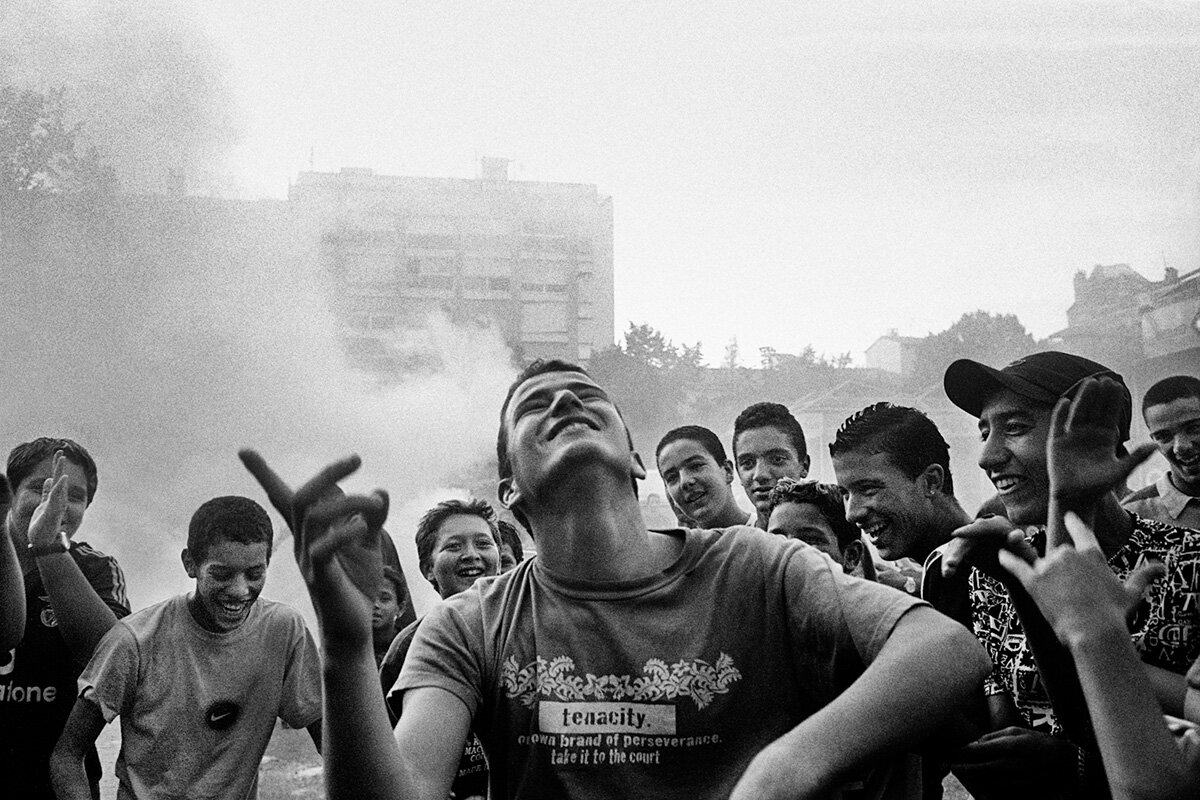“Port Autonome de Marseille” 2008. All photography courtesy of Franck Pourcel.
Franck Pourcel

There are lights like cities between which twilight hangs. Or rather “at the same time,” to use the late film critic Serge Daney’s phrase. “At the same time” is a “moment of emotion.” Twilight is that moment when mystery at once disappears and remains, and where, in the low and uncertain light, a passage from one city to another takes form. Marseille. Marseille changing. Marseille that remains. A frozen city “at the same time” between Europe and the Mediterranean. Between ‘modernity and tradition’ say technocrats. Between after and before. Between demolitions and transformations. Marseille at dusk. At dusk? These twilights, when the dreams of children with unsure spelling are extinguished: “The day rises and on me night falls.” Children of a social body in recomposition. Or decomposing? In this “at the same time” of photography is a kind of rendezvous for memories of those upon whom the night falls.
Marseille grew up; the city modernized. The lights are more numerous and more violent to those who see them from afar.
In this suburban area too far from downtown, the stairwell of Building B is a refuge for young people who are struggling. Here there is nothing to do — nothing more to do. The lobby of the building is a place for meeting and listening. It’s a necessity for the residents. The young people greet one another. It’s a human place, where they can exist. From the stairwell, the city is observed from afar and can be imagined. The light that returns in the evening is intense and colorful. Thoughts escape. It is a space for vagabond, unaffordable dreams. Folded behind the walls, clinging to its desires. We have to find our place. The rest is just amusement, an attempt to flee, to erase reality. Here, however, there is everything: Foosball, computers, the big screen… To gain ground, one needs only to climb to the tenth floor.
From this periphery, Marseille is on exhibition. But to modernity’s show these young people always arrive too late, just as the lights go out.




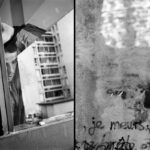
“At the same time…”
The sandbag is getting heavier and heavier. It weighs on the conscience of everyday life. The boxer is sweating, perfecting, repeating the same movements again and again. It is a salvation that is worth many others. Don’t let go. To see these efforts rewarded. In this makeshift room, bodies are moist, bodies are muscled, bodies are refined. Everyone respects who wants to sweat. After each punch, the leather of the bag tans. Like the faces of those who did not take care. Or who do not stop despite the pain. To cash in is also to scream with your body.

“At the same time…”
The social center is the meeting place of tolerance in a city that is tolerant when it suits it to be so. The center provides a kind of school of life, when exclusion has distanced the Marseilles from each other, has locked them in their homes and in themselves. Here, as in other community places in the city center, initiatives survive on the margins of political will. Expelled from public squares, station halls, and the opera square, spontaneity resists. This narrow place becomes a huge private school playground. Each is his/her own headmaster. Everyone listens to their own voices, and charts their paths to the limit of their abilities. Hip-hop is a dance that puts all social categories in a trance. Everyone understands this capacity to go beyond social status to create the same movement. Everyone blends in with others to create cohesion, satisfaction, and well-being.

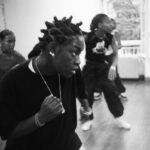

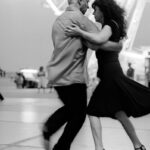



“At the same time…”
An amusement park is set up on the J4, in the lot at the far end of the port. There is the Ferris wheel and its zenith. But above all there is a spectacular merry-go-round. It is an arm extended from a capsule. Back-to-back, four people come to be harnessed. As the arm lifts, the legs find the void that grows bigger and bigger. The world is moving away. Then there’s the fall, furious and pendulous until it stops. You have to trust this machine as faithful to the canons of modernity with its clean design, transparent and bright like the offices of the new business district of La Joliette. Amassed at its base, the spectators witness the points of resistance or rupture of the thrill-seekers, prisoners of their own disquiet. Meanwhile, further on a statue of Liberty made of cardboard-paste is being demolished.
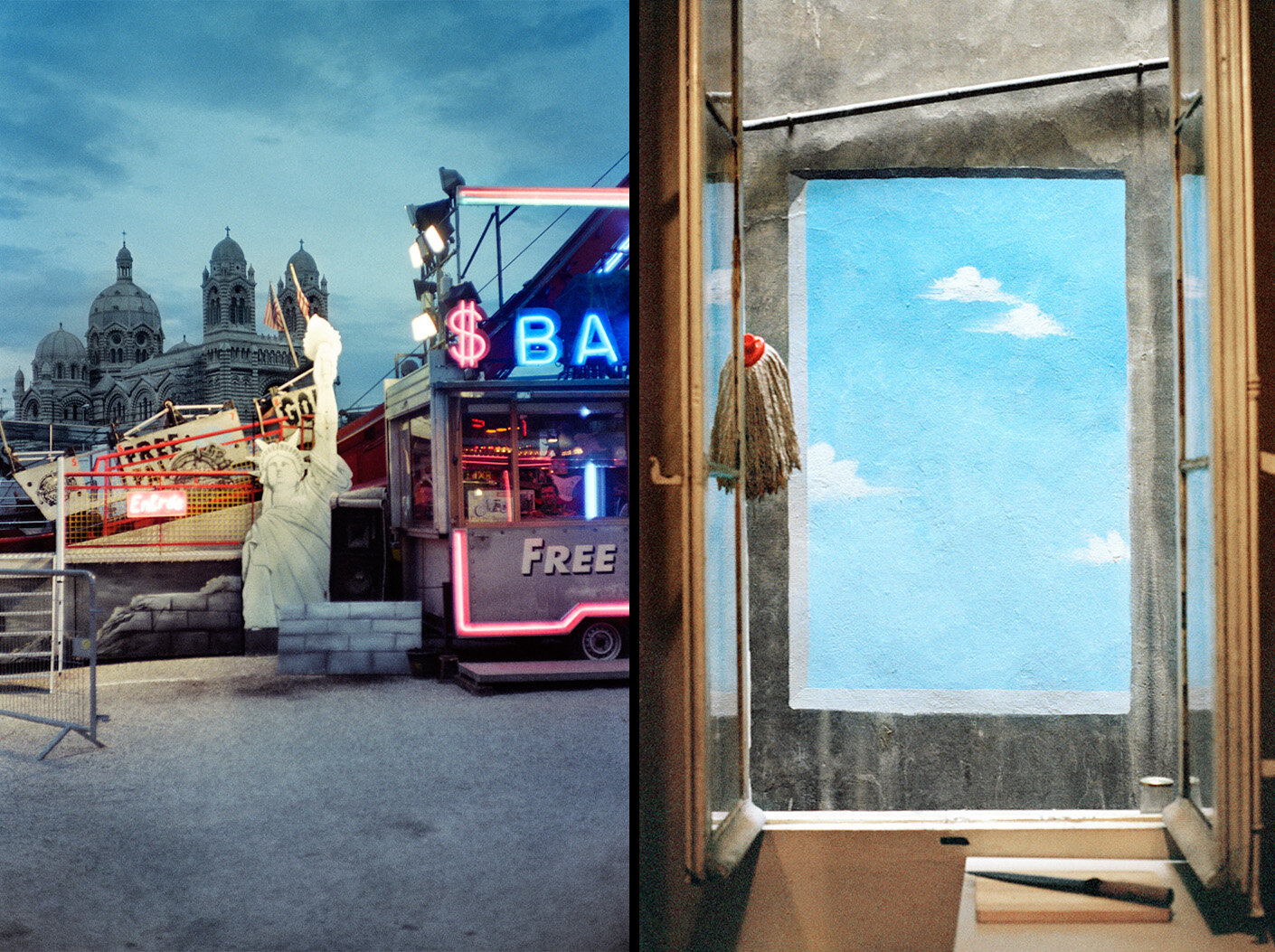
“At the same time…”
It is a downtown where there are no schools, no social structures, no parks, no gardens, no slides, no trees. Abandoned by the government. The future here does not exist. Modernity does not enter. Questions of real estate underscore immobility. No high technology, no experimentation, no economic hub. People are on their own and the children follow. They take over the street, and become its guardians. Races, ball games, scooters — everyone improvises in life like in the street, with its codes and hazards.

“The Noailles district welcomes newcomers every day who hope to tap into the urban resources that this place knows how to generate. Yet the information and aid networks that care for them in this neighborhood can also exclude the most vulnerable people from the very rights they could claim. Housing is perhaps the most painfully affected sector. Some refer to ‘immigrant housing standards’ or ‘owner dictatorship.’ The issue of housing and unsanitary conditions is thus at the heart of a social problem that is further exacerbated by the terms of ongoing rehabilitation, prolonging the project of ‘reconquering’ the city-center.
“Some, however, would not wish to live elsewhere, because to live in Noailles, starting a business or association, is to benefit from the reasonable prices, quality of life at the heart of a transport system, the commercial density, a particular sociability, and other resources that are varied enough to attract all social classes, all trajectories, all projects.”
—Marie Sengel, anthropologist


“At the same time…”
I felt alone like so many others. I walked from one place to another. I crossed one border, then another, and another. It’s funny that a city like Marseille has so many borders. I thought she was more open and more forgiving. I was dazzled by its lights as the sun pierced the streets and cast my endless shadow on the sidewalk. I bathed in its warmth. I looked at the people in black and white. I brushed the walls in color. I put my head down so I wouldn’t see. I was intimidated crossing certain neighborhoods, crossing suspicious glances. I wanted to overcome my fears. I loved, hated, and finally felt that sweet sense of existence — of belonging to something, and living somewhere — taking root. I felt inspired by stories that reveal as many driftings as hopes.
And now I’m this tired man.
I am tired of these imbalances, tired of so much forgetfulness, injustice, suffering, tired of all these doubts. Because they send me back to my own loneliness.
Don’t leave me in this solitude.
I want to leave, cross the sea, travel. I want to meet other cities, other people. I want to have other feelings. I want to “abuse my dreams” and produce new ones.
Otherwise?
Otherwise, “I am dying.”

Recently, Franck Pourcel produced the images and the production of the music video of the single “Chaman” of the band De la Crau. Their work is firmly anchored in the heritage of Anglo-Saxon music from the seventies until today, adding a breath of Mediterranean air, a call from the sea.
Their new album “Temperi” is a musical epic. The texts, in Occitan-Provençal-maritime, written by Sam Karpienia, evoke migrants fleeing war, the tribulations of the soul in pain, the reappropriation of the means of production by workers, ecological disaster, the doubts and hopes of young people in working-class neighbourhoods.
“Chaman,” the second song from the digital album Temperi (released on February 19, 2021), evokes “the loss of the relationship to nature in the face of the industrialization of life”.

De la Crau.















